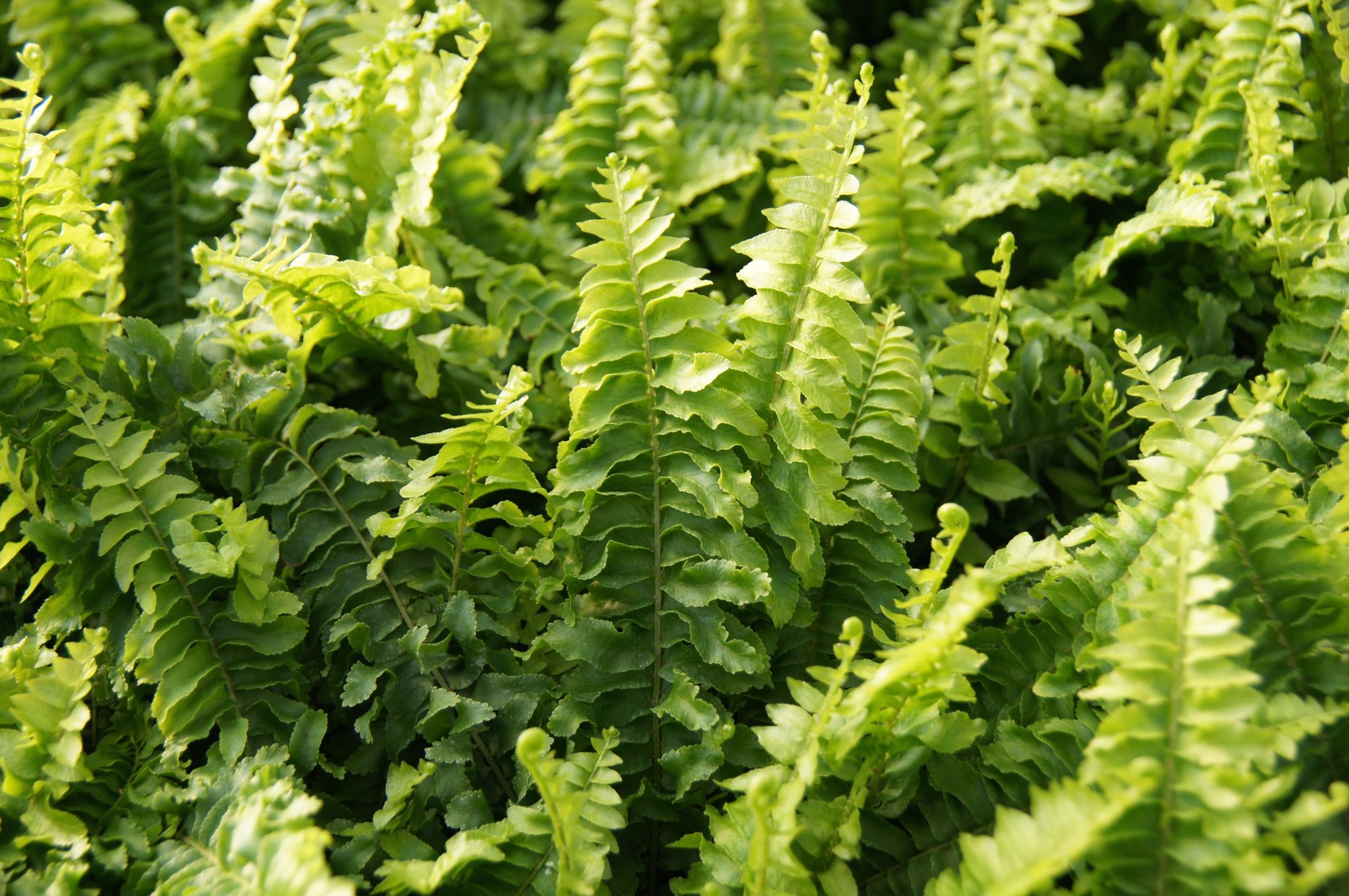Your cart is currently empty!

Tips For Growing Ferns Outdoors

Ferns have long been associated with mossy forests and mountainous areas, but they can also make excellent additions to gardens. Whether you’re growing evergreen or deciduous types, they add a graceful texture and movement to beds and borders alike.
Ferns aren’t hard to grow if you follow some simple tips. These include choosing the right soil, taking it easy on the light, and keeping the roots moist.
Choose the Right Soil
Ferns are very easy to grow outdoors, but some types need special soil conditions. Choose a well-drained, loamy mix with lots of organic matter and some grit. This can be a commercially available mix or you can make your own at home by mixing together a combination of top soil, humus and grit.
Some ferns, like maidenhair, prefer acidic soil. Others, like hart’s tongue fern, require alkaline soil.
The best way to determine your fern’s soil requirements is to take a soil pH test in the area where you plan to plant. Ferns generally prefer a soil PH between 6.5 and 7.0, though there are exceptions.
Take It Easy on the Light
If you’re growing ferns outdoors, you need to take it easy on the light. Most ferns like plenty of shade but there are also some that will tolerate a little bit of sunlight, especially in the morning when temperatures are cooler.
When watering, make sure to water to the roots rather than the fronds. This will help prevent the fern’s foliage from rotting, as watering directly on fronds can encourage this.
To encourage root growth and adaptation to dry soils, add an extra layer of organic mulch, like leaf mulch or pine needles. This helps to retain moisture and enriches the soil, says horticulturist Aimee-Beth Browning of RHS Garden Harlow Carr.
Fertilize ferns indoors and outdoors with Miracle-Gro(r) Shake ‘n Feed(r) All Purpose Plant Food in the spring when new leaves appear to strengthen their root systems. Mix a dose of this all-purpose fertilizer into the top 1 to 3 inches of the soil, then water to begin feeding.
Keep the Roots Moisturized
Most ferns prefer to grow in partial shade, but some will tolerate some sun (especially the cooler morning sun). They can also grow in a lot of different soil types and will do quite well in the right kind of water.
To make sure that your ferns are getting enough moisture, mulch around the base with fine pine bark or coarse compost. Adding mulch will help keep the soil moist and prevent weeds from growing.
Fertilize your ferns in the spring and summer with an all-purpose, slow release organic fertilizer. A little bone meal will do the trick for most ferns, but be careful not to overdo it.
Many ferns have specialized requirements for their soil, so be sure to double-check the label before you plant. Generally, they prefer a pH range of 6.5 to 7.0. If your soil is more acidic, mix in crushed limestone or oyster shell grit to give them an alkaline boost.
Feel Free to Pot them
Ferns are a popular choice for many gardeners, especially those looking to fill in areas of the landscape that require shady and moist conditions. They also provide a great way to add interest to a North facing garden, particularly if you are thinking of adding other shade lovers such as hostas and epimedium.
To get a good start, plant ferns in a hole slightly larger than the root ball and filled with high-quality potting soil. Top the soil with a Miracle-Gro(r) Quick Start(r) planting tablet to encourage new growth.
Ferns can be planted in clay pots but tend to rot quickly if they are placed directly in the water, so they should be put into plastic pots that drain well. If you have a container that does not drain well, you can put the fern in a large plastic pot and line it with a spongey medium such as peat moss. This will wick the moisture from the peat moss and prevent the fern from drying out.
by
Tags: